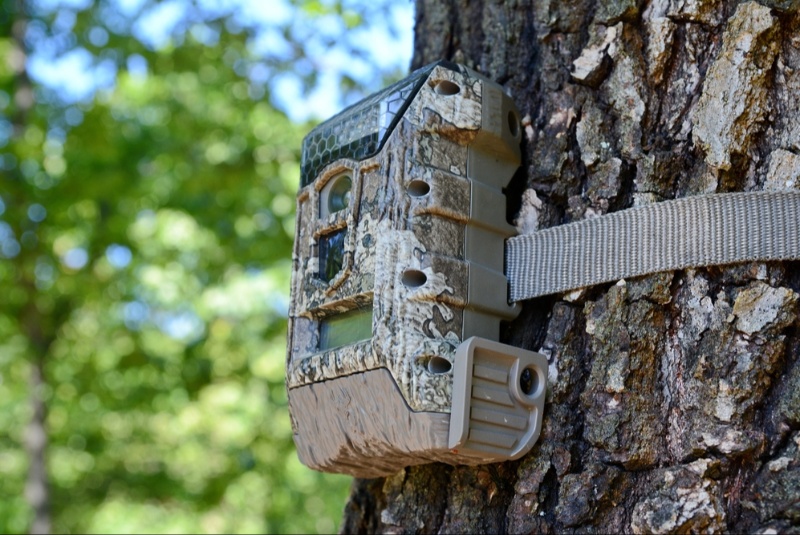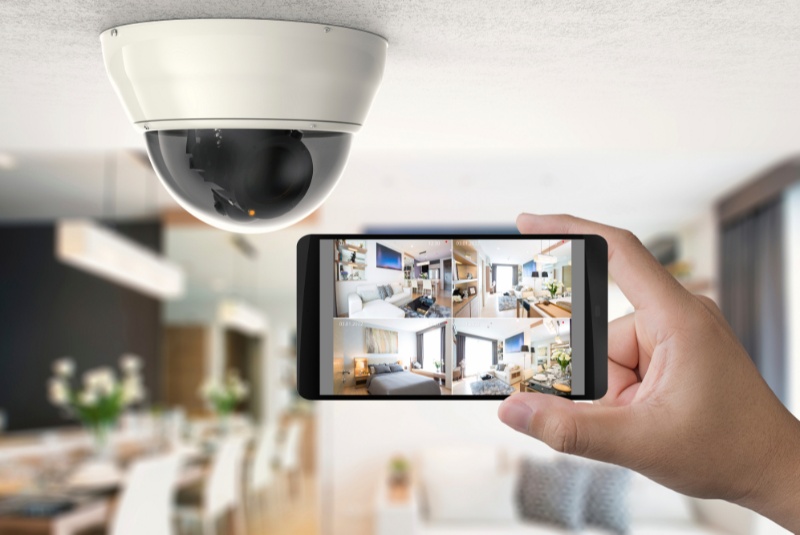Choosing the right trail camera for hunting is critical for scouting wildlife, tracking game movements, and ensuring a successful hunting season. A high-quality trail camera can provide valuable insights into animal behavior, helping you plan your hunting strategy effectively. Whether you're a seasoned hunter or just starting out, selecting the right camera involves understanding various features such as resolution, trigger speed, detection range, and more. This guide will help you navigate the essential factors to consider when purchasing a trail camera, ensuring that you make an informed decision that enhances your hunting experience.
Determine Your Primary Purpose
The first step in choosing the best trail camera for hunting is determining your primary purpose. Are you using the camera for general wildlife observation, or are you focused specifically on scouting game for hunting purposes? If you're using the camera for hunting, you'll want features that help you monitor game movements, like fast trigger speeds and long detection ranges. On the other hand, if your focus is more on capturing high-quality wildlife photos, you might prioritize resolution and image clarity. Identifying your specific goals will help you select a trail camera with the right features for your needs.
Consider Image and Video Quality
Image and video quality are key factors to consider when selecting a trail camera. A higher resolution camera will provide clearer, more detailed images, which can be critical when identifying game or assessing patterns of movement. Most trail cameras offer resolutions ranging from 10 to 30 megapixels, but more isn't always better if it sacrifices other essential features. Similarly, many trail cameras offer video capabilities, some even in HD or 4K resolution, which can provide invaluable insights into animal behavior. Choose a camera that balances high-quality images with other important features like battery life and storage capacity.
Look for Fast Trigger Speed and Recovery Time
Trigger speed refers to how quickly the camera captures an image or starts recording after detecting motion. A fast trigger speed is essential for capturing quick-moving animals without missing important shots. Ideally, look for a camera with a trigger speed of less than 0.5 seconds to ensure it captures animals as they pass by. Recovery time, or how long the camera takes to reset after taking a photo, is also important if you're trying to capture multiple images in rapid succession. A camera with a short recovery time will ensure you don’t miss any crucial moments during fast-paced action.
Evaluate Detection Range and Field of View
The detection range of a trail camera refers to how far away it can detect movement, which can vary from 50 to 120 feet or more. For hunters, a longer detection range can be advantageous, as it allows you to monitor a larger area and spot game from a greater distance. Similarly, the field of view determines how wide the camera's lens can capture images, which can be helpful for monitoring broad spaces. A camera with a wide field of view and long detection range increases your chances of capturing detailed images and videos of game in their natural environment.
Assess Night Vision Capabilities
Most hunting occurs during early morning or late evening hours when game is more active, making night vision an essential feature in a trail camera. Trail cameras use infrared (IR) technology to capture images in low-light conditions without scaring off animals. There are two main types of IR technology: low-glow and no-glow. Low-glow cameras emit a faint red light that is usually undetectable to animals, while no-glow cameras emit no visible light at all, providing the highest level of stealth. If nighttime scouting is a priority, choose a camera with powerful night vision capabilities to ensure clear, detailed images even in the dark.

Consider Battery Life and Power Options
Battery life is a crucial factor when selecting a trail camera, especially if you plan to leave the camera unattended for long periods. Cameras with high resolutions and fast trigger speeds often consume more power, so balancing these features with battery life is important. Look for cameras that offer long battery life, which can range from a few weeks to several months, depending on usage. Some trail cameras also offer alternative power options, such as solar panels or external battery packs, which can extend the time between battery changes. A camera with dependable battery life ensures continuous operation without frequent maintenance.
Examine Storage Capacity and Memory Options
The amount of storage capacity in your trail camera determines how many images and videos it can hold before needing to be retrieved or replaced. Most trail cameras use SD cards for storage, with some models supporting cards up to 128GB or higher. If you plan to leave your camera in the field for extended periods, a camera with a larger storage capacity will allow you to capture more data without having to regularly swap out cards. Additionally, consider cameras with overwrite features, which automatically delete older images when the card is full, ensuring that the camera continues recording new activity.
Check for Durability and Weather Resistance
Hunting often requires setting up trail cameras in harsh outdoor environments, so durability is a key factor to consider. Look for cameras made from tough, weather-resistant materials that can withstand rain, snow, wind, and extreme temperatures. Cameras with an IP66 or higher rating are typically more resistant to water and dust, ensuring they function properly in challenging weather conditions. Durability also extends to protection against animals—some trail cameras come with sturdy housings or can be secured with metal lockboxes to prevent damage from curious wildlife. A durable, weather-resistant camera ensures consistent performance, no matter the conditions.
Consider Connectivity Features
Many modern trail cameras offer advanced connectivity features, such as Wi-Fi, Bluetooth, or cellular capabilities, allowing you to receive images and videos remotely. Cellular trail cameras, for example, can send real-time updates directly to your phone or email, which can be extremely useful for hunters who want to monitor game movements without disturbing the area. These cameras can be more expensive due to data plans, but they offer convenience and immediate access to information. Wi-Fi-enabled cameras allow you to download images wirelessly when within range, while Bluetooth options can simplify setup and data retrieval. Consider whether these connectivity features are essential for your hunting strategy.
Set a Budget and Compare Features
Trail cameras come in a wide range of prices, from budget-friendly models to high-end devices with advanced features. Before making a purchase, set a budget based on your specific needs and priorities. If you're a beginner or casual hunter, an entry-level camera with basic features may be sufficient. However, if you require advanced capabilities like real-time cellular updates, high-resolution images, or extended battery life, it may be worth investing in a more expensive model. Compare the features of different cameras within your budget, ensuring you get the best value without sacrificing essential functionality.
Selecting the Best Trail Camera for Your Hunting Needs
Choosing the best trail camera for hunting involves considering a range of factors, from image quality and trigger speed to night vision and durability. By understanding your specific hunting needs and evaluating the key features that matter most, you can select a trail camera that enhances your scouting efforts and improves your chances of success. Whether you're monitoring game activity during the day or tracking nocturnal animals, a high-quality trail camera is an invaluable tool for any hunter. Take the time to research and choose the best option for your hunting style, ensuring you have the right equipment to succeed in the field.




